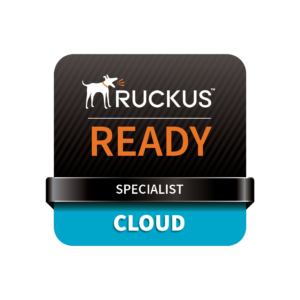Five signs you need cloud WiFi
Everyone needs WiFi to keep their devices online and connected to the web. Unfortunately, once you evolve beyond a residential application the resources needed to manage such a network for a company become quite large.
However, if you are struggling to keep up with the growing demands of your employees and customers for your network then a cloud solution could save the day. Here are five signs that you might need cloud WiFi.
1. Your network is painfully slow
Does your network behave more like the tortoise than the hare? While it can be hard to get decent speeds using hardware solutions, a cloud solution offers lightning-fast connections for your employees and customers.
2. You are not able to handle security procedures properly
Leaving your WiFi network open can cause huge problems quickly. Some of which might even bring legal consequences if somebody does something unsavory using your connection. With a managed cloud WiFi solution none of that is your problem, because you have your own security team taking care of everything.
3. Your current solution is getting too expensive
Using a cloud-based network means less money is needed to invest in hardware or labor to manage the network. That makes cloud solutions cost effective and easy on your budget.
4. You’re unable to scale your current solution
Hardware has limitations, and you may find that your current network is being held back by what you can provide. A cloud solution has no limitations and it can scale as your business grows. It’s incredibly flexible and your employees can access and share files through a variety of devices.
5. Your current solution is too difficult to manage
Are you having a hard time keeping up with your users and what they’re doing? A fully managed cloud WiFi solution allows you to have total visibility and complete control over your network.
However, you can offload the heavy lifting to someone else and cut your IT budget needs, because cloud solutions are managed by their own on-site professionals.
In closing, a cloud WLAN and WiFi solution is a great way to reduce costs for your business and to provide a more reliable network. This allows you to stop worrying about IT issues and spend your time focusing on what really matters.
Interested in implementing a cloud-based WLAN and WiFi system? Contact us today to get free advice from one of our consultants and learn what steps you should take next.
